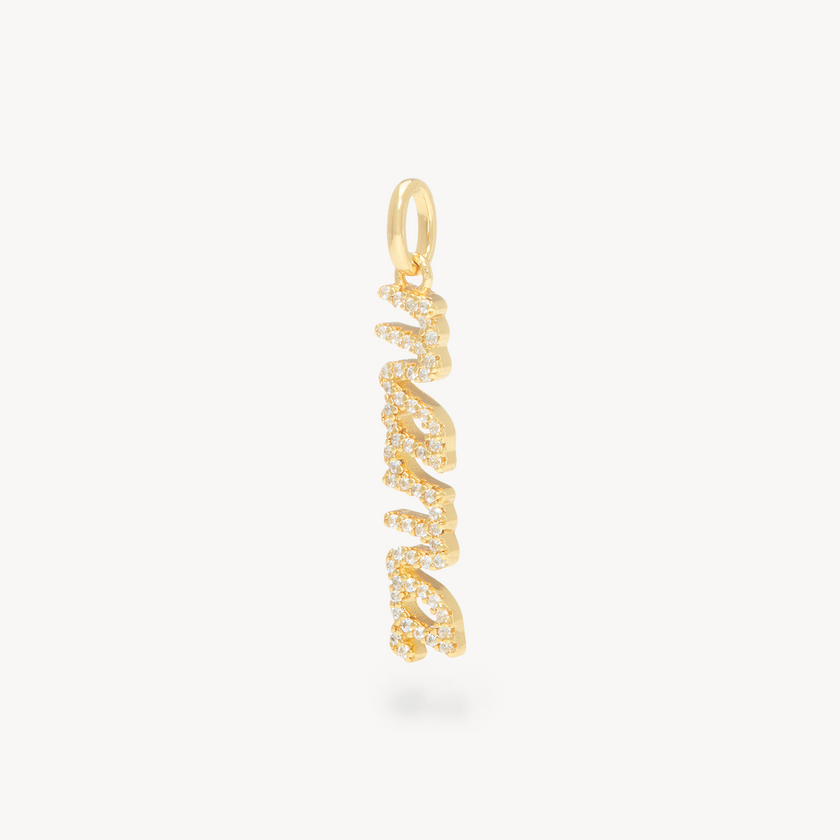
- Article published at:
Drawer menu
Over her twenty-year career as a professional ballet dancer, Tara Birtwhistle has seen many high-points. And while “high points” may be quite common in ballet—an art form marked by its fair share of tip-toes—Birtwhistle’s own peaks have placed her among royals. Literally. She has danced in front of Her Majesty the Queen, who awarded her with a Golden Jubilee Medal in 2002 and a Diamond Jubilee Medal in 2012. She has performed alongside Julie Andrews (also royalty, if you ask me), Christopher Plummer, and opera powerhouse Andrea Bocelli. She has even won a Gemini Award—Canada’s version of an Emmy—for her stand-out performance in the film adaptation of The Magic Flute (2005).
“Dance was a calling to me, but I had kind of a love-hate relationship with it because I loved rehearsing but it was hard to go onstage.”
Watching her dance, those accolades aren’t hard to believe. In the CBC film Dracula: Pages From A Virgin’s Diary, Birtwhistle sails across the set on pointed toe, cutting through fog, seemingly unaffected by gravity. She is strong, feminine, a goddess in chiffon. It’s no wonder Maclean’s once named her “One of 100 Young Canadians to Watch in the New Millennium.”
Birtwhistle has since retired from the stage, but as the Associate Artistic Director of the Royal Winnipeg Ballet—a company she’s been with for over 30 years—her passion for dance and the RWB remains unwavering. “In the international ballet world, we’re considered one of the top-tier companies.” She adds that the RWB, which will celebrate its 80th anniversary next year, is the oldest continually running company in North America. “We’re compact, and we’ve built [our ballets] so that we can bring them on tour. We’re ambassadors of Canada.” The RWB is also a leader in women’s empowerment. “We have many women directors within our organization. Everyone communicates. Because of the atmosphere we create here, everyone moves together, in the same direction.” In other words, smooth choreography is a must. They’re dancers, after all.
“In the dance world, you get to work with so many great people! Choreographers, musicians, costume designers—all of these people are part of the tapestry of who I am.”
In terms of her origin story, Birtwhistle says she was “born and bred” in the Royal Winnipeg Ballet. “I moved here when I was 14 years old to train with the Professional School. Then I went right into the company when I was 19.” She was promoted to soloist in 1995 and became a principal dancer in 2000. “I’ve had a huge career. I’ve travelled all over the world. [Professional dancing] is a very fulfilling career, but it’s very challenging. It’s competitive. You tackle a lot.”

Helping her tackle those high barres—literal and figurative—was prima ballerina Evelyn Hart. Birtwhistle went from looking up to Hart as a student, to working directly with her as a dancer. “She really mentored me throughout my career. I was very lucky.” Birtwhistle is also very grateful to André Lewis, Artistic Director and CEO of the Royal Winnipeg Ballet. “I’ve been working with him for 30 years. He has really supported me in all of my endeavors.” Birtwhistle acknowledges the difference it made, having people around who lifted her up. “I never felt like I was ‘destined’ to do things; the pathways just opened.” She adds that her daily “lifts”—those boosts of confidence from her surrounding community—enabled her to take those pathways. “In the dance world, you get to work with so many great people! Choreographers, musicians, costume designers—all of these people are part of the tapestry of who I am.”
Birtwhistle’s career didn’t come without significant challenges, including a struggle with stage fright. “Dance was a calling to me, but I had kind of a love-hate relationship with it because I loved rehearsing but it was hard to go onstage.” Her simultaneous love and fear of performance led to a cognitive spiral: knowing the audience had come specifically to see her only ramped up her fear of failure, making it harder and harder to take those first, featherlike steps in front of the crowd. She became depressed. “It was a few years of not feeling good about myself.” Ever proactive, she gathered a support system of people close to her and worked with a sports psychologist. “We did a lot of meditation, and mantra meditation,” she says, and although Birtwhistle never outright conquered her stage fright (like most afflictions, stage fright is managed, not mastered) she was able to make peace with it. “Almost like once I saw the stage fright as not the enemy any more, I was able to handle it better.”
“If you’re trying to be someone you’re not, that is disempowering. I feel most empowered when I am myself.”
Motherhood brought challenges, too. After having her first child, Birtwhistle realized she could no longer dance at a level she found satisfying. “By this time, I was closer to 40. My body wasn’t repairing as fast.” There were mental hurdles, too. Parenting drained her energy to the point where life on stage just wasn’t an option. She decided to retire. “The saying goes that ‘a dancer dies twice’ because when you step off the stage, you lose your identity. Oftentimes, people grieve about it.”

But Birtwhistle found a new way to incorporate dance into her identity: “I told my director that I was going to retire, and that I wanted to take on more artistic coaching.” Her proactive approach allowed her to plan her final performances, something that few professional dancers get to do. “Because of my choice, I felt really good about stepping off the stage. I was ready, and I felt very fulfilled.”
“I want [my children] to know that they can pursue what they love to do, and you don’t have to give up everything to do that.”
Birtwhistle chose the ballet The Ecstasy of Rita Joe for her farewell performance. From Alison Mayes, of the Winnipeg Free Press: “By choosing to bow out with Rita Joe, Birtwhistle is paying tribute to RWB’s long history of cultural significance. She has also chosen not to pirouette through a fairy tale, but to play a human being whose tragedy is universal. In that sense, she is leaving the stage by reminding us of ballet’s potential.”
Ballet’s potential, of course, is not limited to its artistic value. As a pursuit, dancing demands tremendous work ethic, and Birtwhistle draws parallels between training as a dancer and becoming a leader. “For our Professional School, a lot of students leave home to start training. They have to be in charge of whatever they’re doing, so they can perform at their best,” she says. This early independence means that, even if dancers don’t make it professionally, they will still develop skills that other kids may not, such as self-care and ownership of their education and career. “If you can hire a ballet dancer, you should! Their work ethic is leaps and bounds ahead of everyone. Even if you’re at the top of your game, you’re constantly working at your craft.”
As for Birtwhistle, her stand-out qualities aren’t limited to a fierce work ethic. She is wonderfully self-assured, curating her life according to what she likes as opposed to what’s popular. “I was always an individual. I always had short hair. I had tattoos before tattoos were a thing,” she says.

Birtwhistle also hasn’t let the competitive nature of ballet mold her into an aggressive or conflict-driven person. “I don’t like competition at all! I hate it!” she says, adding that “you be you” is a mantra she’d like young dancers to internalize. “Be generous in your spirit, your physicality, your character, but remember that it’s you onstage. Every single dancer in this company has something special to add to the Royal Winnipeg Ballet,” she says, emphasizing that good things can happen when dancers choose to focus on developing their artistry as opposed to blindly chasing lead roles. “In Cinderella, for instance, I played the Wicked Stepmother. It was a 50’s theme and we kept my short hair!” Her trademark cropped ‘do set a new trend: when the Royal Winnipeg Ballet performs Cinderella these days, a short, pixie-cut wig is standard for the role—proof that individuality inspires.
“I was always an individual. I always had short hair. I had tattoos before tattoos were a thing.”
Since retiring from the stage, Birtwhistle has discovered a love of running. Marathons, even. Along with the community benefits and meditative aspects of the sport, Birtwhistle also loves that, unlike ballet, completing a marathon is an accomplishment that belongs solely to her and not the public. “As a dancer you always leave a bit of yourself on the stage for the audience. With running, it’s just me and the pavement.”
In terms of how she “does it all”—as in, how she allocates time between work, family, and running literally hundreds of kilometres—Birtwhistle doesn’t exactly believe in “balance,” and she’s wary of falling into the mom-guilt trap. “My husband is a principal dancer with the Royal Winnipeg Ballet, so we travel away from our children. For me, I don’t call it balance. I can’t give equal time to my children, and to work. It’s never quite balanced. What works for me is being ok with the imbalance.” She recognizes a give and take: sometimes she can spend more time with her children and less at work, and vice versa. “I want [my children] to know that they can pursue what they love to do, and you don’t have to give up everything to do that.”
“Be generous in your spirit, your physicality, your character, but remember that it’s you onstage.”
Through her life and career, Birtwhistle has gleaned empowerment through kindness, good listenership, and resistance to conformity. “If you’re trying to be someone you’re not, that is disempowering. I feel most empowered when I am myself.”
Writing: Stacy McIntosh
Editing: Mica Lemiski
Images: Supplied

Free mama or lover charm when you spend $150+
Choose from a classic heart or a mama script, both laced in pavé. Cute on its own or with a cluster, this one’s for mom.